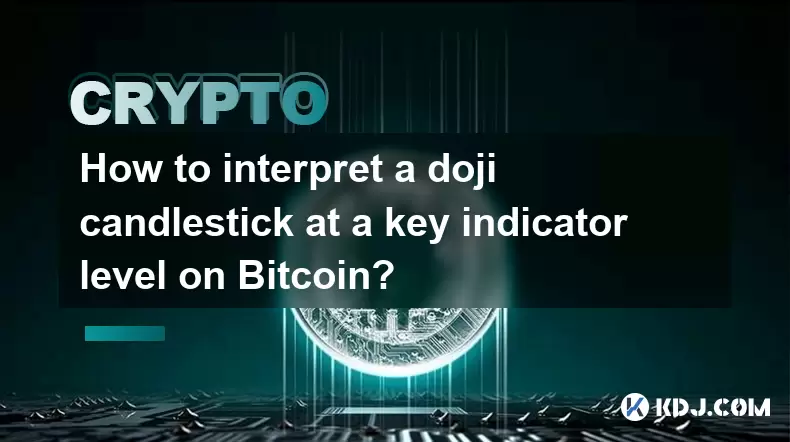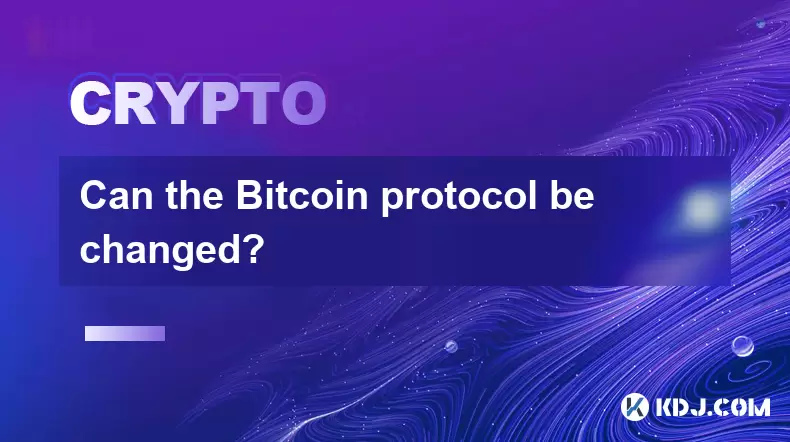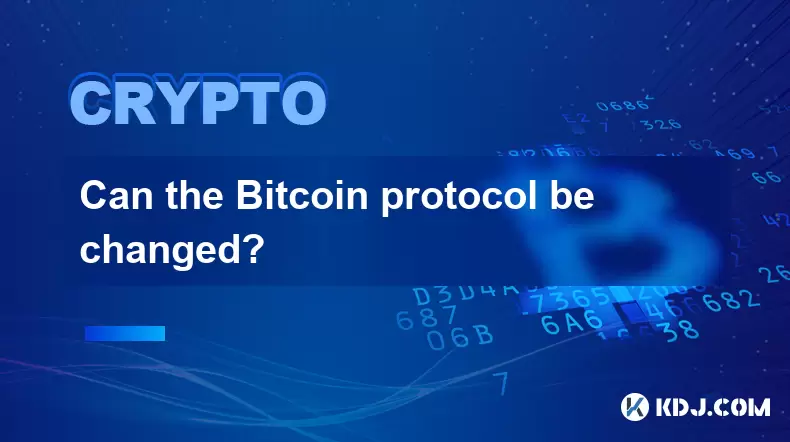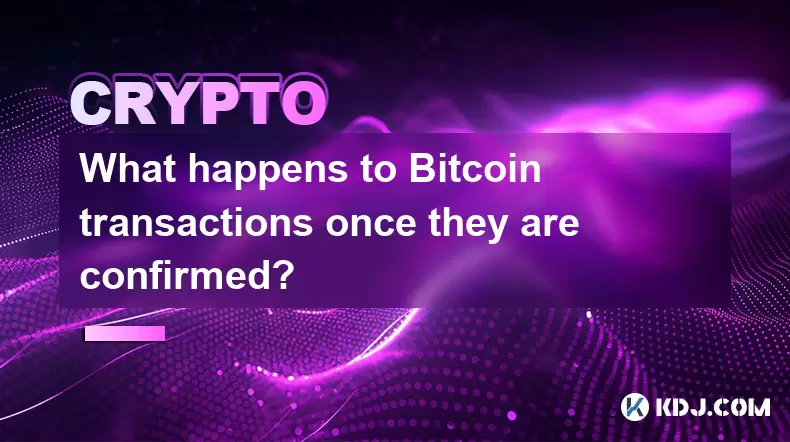-
 bitcoin
bitcoin $112195.049338 USD
2.42% -
 ethereum
ethereum $4124.915858 USD
2.81% -
 tether
tether $1.000570 USD
0.02% -
 xrp
xrp $2.861568 USD
2.25% -
 bnb
bnb $1000.346670 USD
3.04% -
 solana
solana $209.070819 USD
3.38% -
 usd-coin
usd-coin $0.999870 USD
0.02% -
 dogecoin
dogecoin $0.235379 USD
2.65% -
 tron
tron $0.335681 USD
-0.20% -
 cardano
cardano $0.803501 USD
3.38% -
 hyperliquid
hyperliquid $47.120881 USD
3.56% -
 chainlink
chainlink $21.501300 USD
3.44% -
 ethena-usde
ethena-usde $1.000571 USD
0.02% -
 avalanche
avalanche $29.793378 USD
3.62% -
 stellar
stellar $0.366964 USD
2.42%
How to interpret a doji candlestick at a key indicator level on Bitcoin?
A doji candlestick near key Bitcoin support/resistance levels signals market indecision, often hinting at potential reversals or consolidation when confirmed by volume and other indicators.
Jul 08, 2025 at 06:29 am

Understanding the Doji Candlestick Pattern in Bitcoin Trading
A doji candlestick is a crucial formation in technical analysis that signals market indecision. In the context of Bitcoin trading, recognizing and interpreting a doji at a key indicator level can offer valuable insights into potential reversals or consolidations. A doji occurs when the opening and closing prices are nearly identical, forming a cross-like shape. This pattern suggests that neither bulls nor bears have gained control during the period, indicating market equilibrium.
In volatile markets like cryptocurrency, where price swings can be dramatic, understanding the implications of a doji becomes even more significant. Traders often look for confirmation after a doji appears, especially when it aligns with other technical indicators or support/resistance levels.
Key Indicator Levels and Their Role in Bitcoin Analysis
Before interpreting a doji, it's essential to identify key indicator levels on Bitcoin charts. These include major moving averages (like the 50-day or 200-day EMA), Fibonacci retracement levels, pivot points, or historical support and resistance zones. When a doji forms near any of these levels, its significance increases dramatically.
For instance, if Bitcoin approaches a critical resistance level such as $70,000 and forms a doji, this could indicate that buyers are struggling to push the price higher. Conversely, a doji near a strong support zone may suggest that selling pressure is waning. The confluence of a doji with a key indicator heightens the probability of a meaningful price reaction.
Types of Doji Patterns and Their Implications
Dojis come in several forms, each with slightly different implications:
- Standard Doji: A simple cross-shaped candle where open equals close. It reflects uncertainty but not necessarily a reversal.
- Dragonfly Doji: Features a long lower shadow and no upper shadow. Often seen as a bullish reversal signal, especially at support levels.
- Gravestone Doji: Has a long upper shadow and no lower shadow. Typically bearish, particularly when found at resistance areas.
- Long-Legged Doji: Characterized by both long upper and lower shadows, suggesting high volatility and strong indecision.
Each type must be analyzed within the broader context of Bitcoin’s price action and volume. For example, a gravestone doji appearing at a Fibonacci resistance level after a sharp rally might indicate that sellers are stepping in aggressively.
Steps to Analyze a Doji at a Key Level in Bitcoin Charts
Analyzing a doji effectively requires a methodical approach:
- Identify the key level: Confirm whether the doji has formed at a known support, resistance, or indicator-based level.
- Check the trend context: Is Bitcoin in an uptrend, downtrend, or consolidation phase? A doji at a resistance level in an uptrend is more likely to signal a pullback.
- Observe volume: Low volume during a doji suggests weak conviction, while high volume may imply a potential breakout or breakdown.
- Wait for confirmation: Look for the next candle(s) to confirm the direction. A strong bullish close following a dragonfly doji strengthens the bullish case.
- Use additional tools: Incorporate RSI, MACD, or Bollinger Bands to validate the potential move suggested by the doji.
These steps help traders avoid false signals and increase the probability of making informed decisions based on the confluence of factors rather than isolated patterns.
Practical Examples of Doji Interpretation in Bitcoin Markets
Let’s consider a practical scenario: Bitcoin reaches the 200-day EMA around $60,000 after a prolonged downtrend. At this level, a dragonfly doji appears with increased volume. This could suggest that buyers are stepping in to defend the key moving average, potentially signaling a reversal.
Another example: During a bullish run toward $75,000, Bitcoin stalls at a prior resistance turned resistance zone. A gravestone doji forms with high volume, indicating rejection at that level. This could be a warning sign for traders holding long positions.
In both cases, the psychology of the market is reflected in the doji’s shape and position relative to key levels. Understanding these dynamics helps traders make sense of what is otherwise a neutral candlestick pattern.
Frequently Asked Questions
Q1: Can a doji always be considered a reversal signal in Bitcoin trading?No, a doji primarily indicates indecision. While it can precede a reversal, especially at key levels, it should never be used in isolation. Confirmation from subsequent candles or other technical tools is necessary.
Q2: What timeframes are most reliable for identifying doji patterns in Bitcoin?While dojis can appear on all timeframes, they are more significant on higher timeframes like the 4-hour or daily chart. These provide stronger signals due to the larger sample size of market behavior.
Q3: How does volume affect the interpretation of a doji in Bitcoin charts?Volume adds context. A doji with above-average volume often signals strong indecision or a potential shift in momentum, whereas a doji with low volume may indicate apathy and less predictive value.
Q4: Are doji patterns equally effective in both uptrends and downtrends in Bitcoin?The effectiveness depends on the surrounding conditions. In strong trends, dojis may represent pauses rather than reversals. However, at extreme levels or with divergences, they can signal trend exhaustion regardless of direction.
Disclaimer:info@kdj.com
The information provided is not trading advice. kdj.com does not assume any responsibility for any investments made based on the information provided in this article. Cryptocurrencies are highly volatile and it is highly recommended that you invest with caution after thorough research!
If you believe that the content used on this website infringes your copyright, please contact us immediately (info@kdj.com) and we will delete it promptly.
- PM Modi, RSS Centenary, and a Postage Stamp: A Curious Intersection
- 2025-09-29 18:45:12
- Ethereum ETF, Bitcoin ETF, and Investor Nerves: A New York Minute on Crypto
- 2025-09-29 18:25:14
- Ripple, Ondo Finance, and Tokenized Treasuries: A New Era for Institutional DeFi
- 2025-09-29 19:05:13
- Navigating the Crypto Seas: Federal Reserve, Bitcoin, and Interest Rate Tides
- 2025-09-29 18:25:14
- RSS Centenary: A Commemorative Coin and a Century of Impact
- 2025-09-29 18:45:12
- Avantis Crypto Price Crash Amidst Soaring Perpetual Volume: What's Going On?
- 2025-09-29 18:30:01
Related knowledge

Why is Bitcoin considered a revolutionary technology?
Aug 12,2025 at 08:29pm
Decentralization and the Elimination of Central AuthoritiesThe core innovation behind Bitcoin lies in its decentralized architecture, which fundamenta...

Why is Bitcoin considered a revolutionary technology?
Aug 10,2025 at 07:42pm
Decentralized Architecture and Trustless TransactionsBitcoin is considered revolutionary because it introduced a decentralized architecture that opera...

What are the key features of Bitcoin?
Aug 10,2025 at 02:50am
Decentralization and Peer-to-Peer NetworkOne of the most defining characteristics of Bitcoin is its decentralized nature. Unlike traditional financial...

Can the Bitcoin protocol be changed?
Aug 07,2025 at 01:16pm
Understanding the Bitcoin ProtocolThe Bitcoin protocol is the foundational set of rules that govern how the Bitcoin network operates. It defines every...

Can the Bitcoin protocol be changed?
Aug 11,2025 at 01:01am
Understanding the Bitcoin Protocol StructureThe Bitcoin protocol is the foundational set of rules that govern how the Bitcoin network operates. These ...

What happens to Bitcoin transactions once they are confirmed?
Aug 09,2025 at 05:22am
Understanding Bitcoin Transaction ConfirmationWhen a Bitcoin transaction is initiated, it is broadcast to the network and placed in a pool of unconfir...

Why is Bitcoin considered a revolutionary technology?
Aug 12,2025 at 08:29pm
Decentralization and the Elimination of Central AuthoritiesThe core innovation behind Bitcoin lies in its decentralized architecture, which fundamenta...

Why is Bitcoin considered a revolutionary technology?
Aug 10,2025 at 07:42pm
Decentralized Architecture and Trustless TransactionsBitcoin is considered revolutionary because it introduced a decentralized architecture that opera...

What are the key features of Bitcoin?
Aug 10,2025 at 02:50am
Decentralization and Peer-to-Peer NetworkOne of the most defining characteristics of Bitcoin is its decentralized nature. Unlike traditional financial...

Can the Bitcoin protocol be changed?
Aug 07,2025 at 01:16pm
Understanding the Bitcoin ProtocolThe Bitcoin protocol is the foundational set of rules that govern how the Bitcoin network operates. It defines every...

Can the Bitcoin protocol be changed?
Aug 11,2025 at 01:01am
Understanding the Bitcoin Protocol StructureThe Bitcoin protocol is the foundational set of rules that govern how the Bitcoin network operates. These ...

What happens to Bitcoin transactions once they are confirmed?
Aug 09,2025 at 05:22am
Understanding Bitcoin Transaction ConfirmationWhen a Bitcoin transaction is initiated, it is broadcast to the network and placed in a pool of unconfir...
See all articles










































































